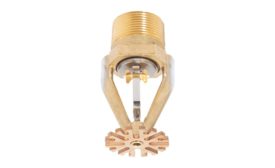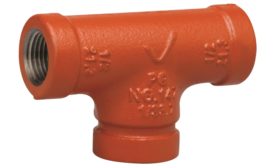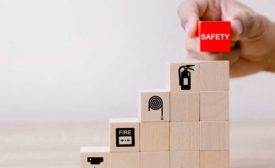Home » Keywords: » fire/smoke control
Items Tagged with 'fire/smoke control'
ARTICLES
Life Safety Dampers: Types and Applications
The differences between dampers and the control system requirements affecting their applications.
December 19, 2019
Be in the forefront of the mechanical engineering industry!
Join thousands of professionals today. Shouldn’t you know what they know?
JOIN NOW!Copyright ©2024. All Rights Reserved BNP Media.
Design, CMS, Hosting & Web Development :: ePublishing
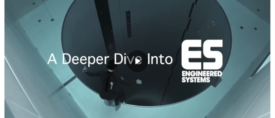

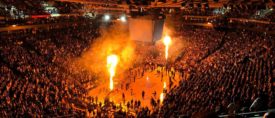



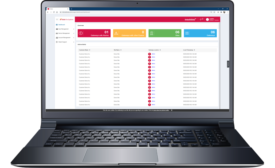
.jpg?height=168&t=1597866049&width=275)
